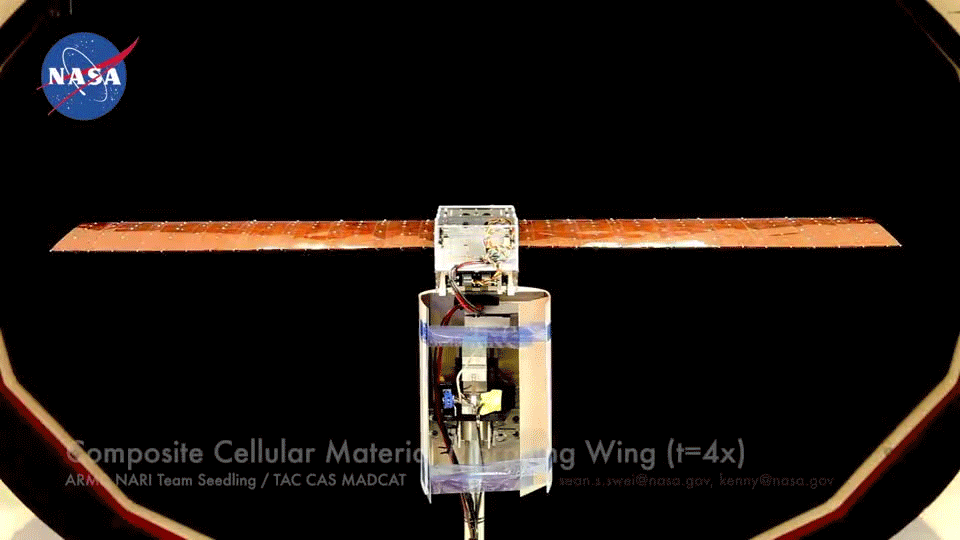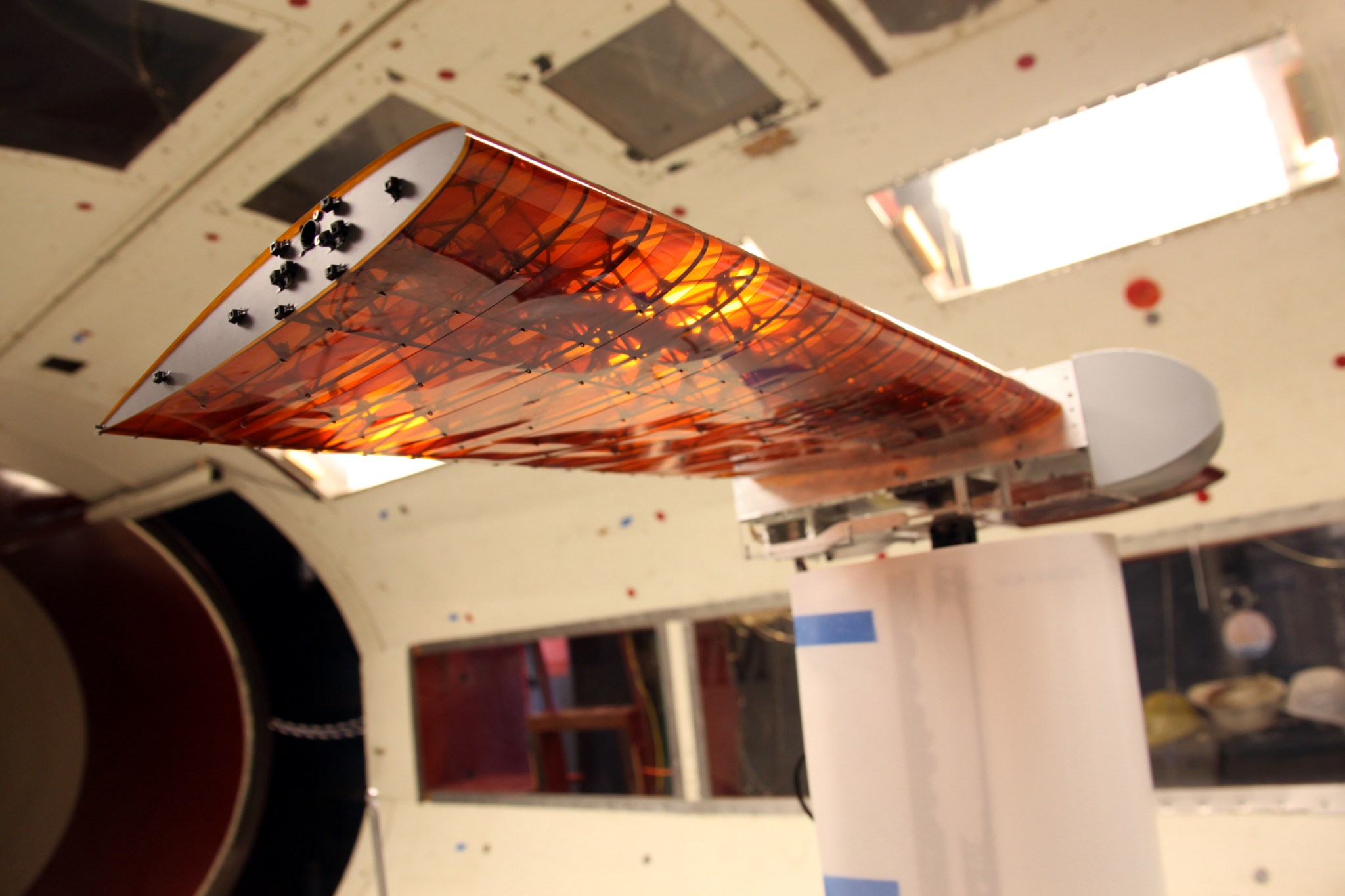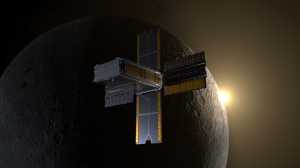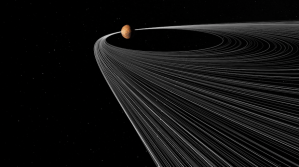Early studies of aerodynamics showed that the shape of a wing has enormous effects on flight – but there isn’t just one “best” wing shape. That definition will change for different aircraft, for different flights of the same aircraft, and even for different segments of a single flight. The best shape in any moment depends on many factors: how much the aircraft weighs, the speed it is flying, and whether the pilot wants to climb higher or descend, for instance. This means that a rigid wing with a limited number of moveable surfaces – also rigid – is only a compromise and can’t be the most efficient shape for the whole of any given flight. Increased efficiency means less fuel is needed, which means less weight on the aircraft, which also increases efficiency.
This “holy grail” of more efficient flight is always in the minds of the Mission Adaptive Digital Composite Aerostructure Technologies, or MADCAT, team at NASA’s Ames Research Center in California’s Silicon Valley. In collaboration with students from the Massachusetts Institute of Technology, Cornell University, UC Santa Cruz, UC Berkeley, and UC Davis, the team of NASA researchers and students is using emerging composite material manufacturing methods to build and demonstrate an ultra-light wing that actively changes shape. Kenneth Cheung, co-lead on the MADCAT project, believes that this could be an important part of the future of green aviation.
The wing is constructed from building-block units made of advanced carbon fiber composite materials. These building blocks are assembled into a lattice, or arrangement of repeating structures; the way that they are arranged determines how they flex. The wing also features actuators and computers that make it morph and twist to achieve the desired wing shape during flight. This type of wing could improve aerodynamic efficiency in future flight vehicles by reducing the amount of drag caused by rigid control surfaces like flaps, rudders, and ailerons.
The MADCAT project, which is funded by ARMD’s Transformative Aeronautics Concepts Program under the Convergent Aeronautics Solutions project, provides opportunities for the next generation of researchers to explore new methods to make groundbreaking aerodynamic improvements to technology. The team recently tested the new morphing wing concept at a remote test airfield near Modesto, California, and plans to further evolve the wing and assess the boundaries of its feasibility.
NASA is committed to transforming aviation by dramatically reducing its environmental impact; improving efficiency, while maintaining safety in more crowded skies; and paving the way for revolutionary aircraft shapes and propulsion.



































